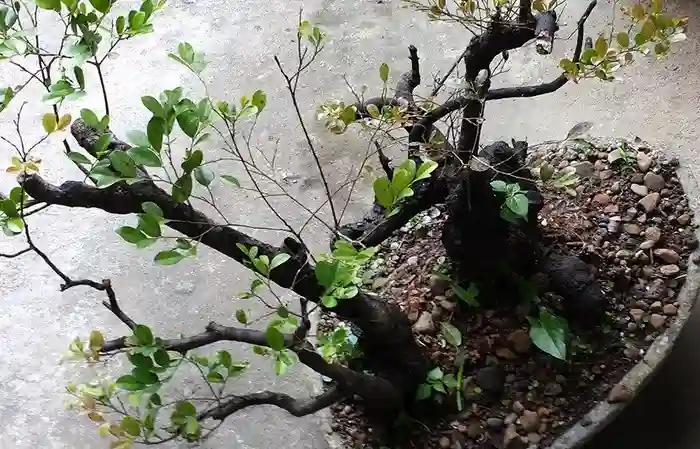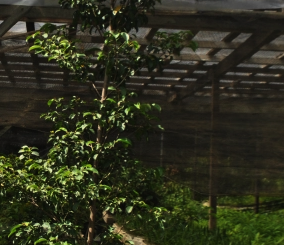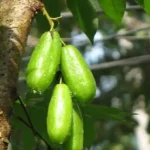Philippine ebony – Rare and Beautiful Dark Treasure of the Tropics

When people think of exotic hardwoods, few stand out as much as Philippine Ebony, a rare and sought-after timber that captivates woodworkers, collectors, and conservationists alike. Known for its deep, rich coloration and fine grain, Philippine Ebony is not just a material — it’s a cultural and ecological symbol of the Philippines’ natural heritage.
What is Philippine Ebony?
Philippine Ebony, also known locally as Bantolinao, Kamagong or Mabolo, comes from the tree species Diospyros ferrea, a member of the ebony family. This tree is native to the Philippines and is often prized for both its wood and its fruit. While the wood is dark and extremely dense, the fruit — known as velvet apple — has a reddish, fuzzy skin and a sweet taste.
The heartwood of Philippine Ebony is typically dark brown to almost black, often with subtle streaks that add character. It’s this darkness and the silky, glass-like finish after polishing that makes it a favorite for fine furniture, musical instruments, martial arts weapons, and ornamental carvings.
Characteristics of Philippine Ebony
- Color: Deep black to dark brown with subtle veining.
- Hardness: Extremely hard and dense (can sink in water).
- Grain: Usually straight but can be interlocked; very fine and smooth.
- Workability: Difficult to machine due to its hardness; however, it polishes to a lustrous finish.
- Durability: Highly durable and resistant to decay and insect attacks.
- Slow-growing and tolerates shade: Makes it a popular bonsai plant.
Because of these qualities, Philippine Ebony is often compared with African Ebony and Macassar Ebony, both of which are similarly dark and dense.
Cultural and Historical Significance
In Filipino culture, Kamagong is more than just wood. It holds symbolic value, particularly in martial arts. In Arnis (also known as Eskrima or Kali), practitioners often use sticks made from Kamagong for their density and strength. These weapons are respected and, in some traditions, considered almost sacred.
In addition, the wood has historically been used in heirloom furniture and religious carvings, passed down through generations.
Conservation and Legal Protection
Due to overharvesting and habitat loss, Kamagong trees have become increasingly rare in the wild. The Philippine government has classified it as a protected species under the DENR Administrative Order, which prohibits the cutting or harvesting of Kamagong trees without proper permits.
Exporting raw or unprocessed Kamagong wood is also heavily regulated. These laws are in place to protect native biodiversity and prevent illegal logging, which has plagued the country’s forests for decades.
Sustainability and Alternatives
As demand for exotic hardwood continues globally, sustainability is a growing concern. Responsible sourcing is crucial. Some artisans and wood suppliers now rely on salvaged wood, reclaimed from old furniture or structures, or turn to sustainable alternatives like stabilized hardwoods or engineered composites.
There are also ongoing efforts by local organizations to propagate Kamagong and other native species through reforestation and tree-planting initiatives. Supporting these movements is essential to preserving both the species and its cultural legacy.
Philippine Ebony is More Than Just a Beautiful Wood
It’s a living link between the Philippines’ rich natural environment and its deep cultural traditions. While it remains a prized material for craftsmanship, it also reminds us of the need for responsible consumption and conservation.
As interest in sustainable and ethical materials grows, the story of Philippine Ebony serves as both a cautionary tale and an inspiration — showing how nature’s beauty can be respected, preserved, and celebrated for generations to come.
Learn more about trees in the Philippines.
References:
https://en.wikipedia.org/wiki/Diospyros_ferrea










